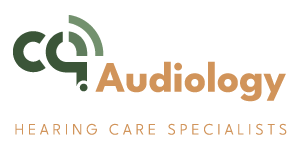Industrial Deafness Assessments
What is Industrial Deafness Assessments?
Industrial deafness, also known as noise-induced hearing loss (NIHL), is a condition caused by prolonged exposure to high levels of noise, typically in industrial or occupational settings. An industrial deafness assessment in audiology involves evaluating an individual's hearing ability to determine if it has been impaired due to noise exposure at work. The goal of an industrial deafness assessment is to accurately diagnose noise-induced hearing loss, provide appropriate interventions, and prevent further auditory damage.
Case History
Detailed information about the individual's work environment, duration of exposure, types of noise, use of hearing protection, and previous ear infections, surgeries, medications, or conditions that could affect hearing.
Physical Examination
Examination of the ear canal and eardrum to check for any abnormalities or obstructions.
Audiometric Testing
Evaluates the individual's ability to hear and understand speech, often including speech recognition thresholds and word recognition scores.
Evaluation and Diagnosis
If baseline data is available, current hearing levels are compared with baseline audiograms taken before the individual was exposed to noise.
